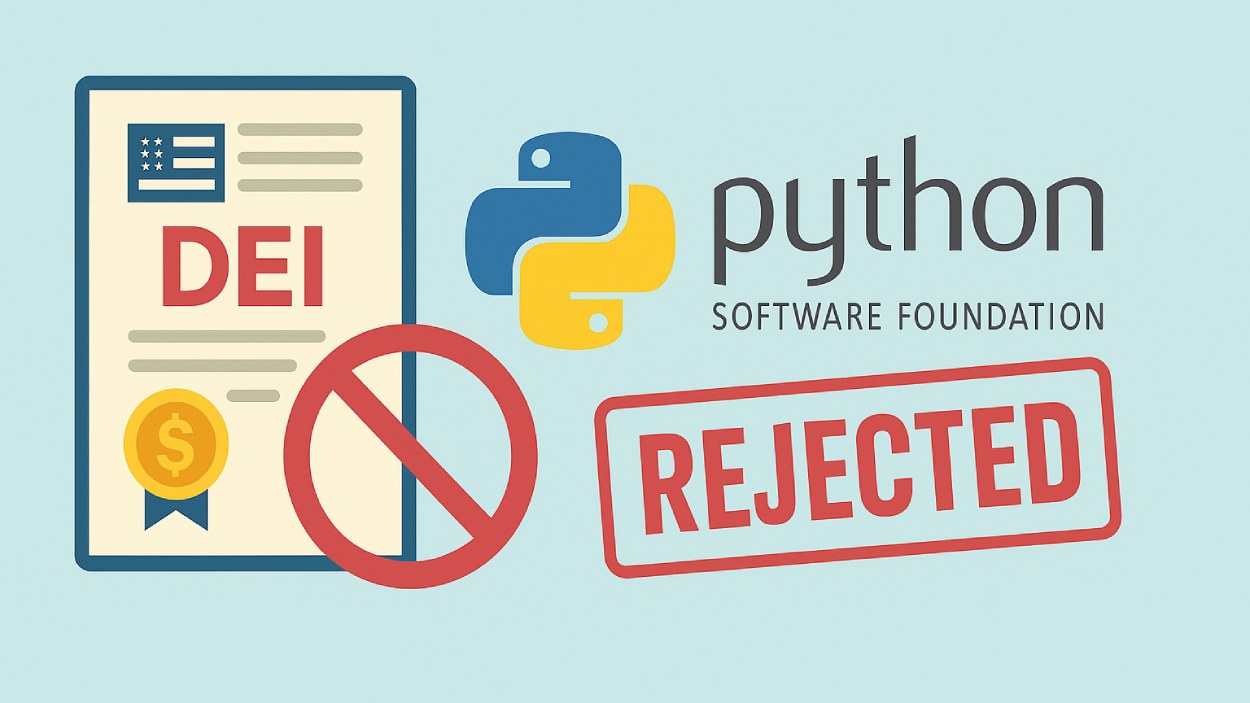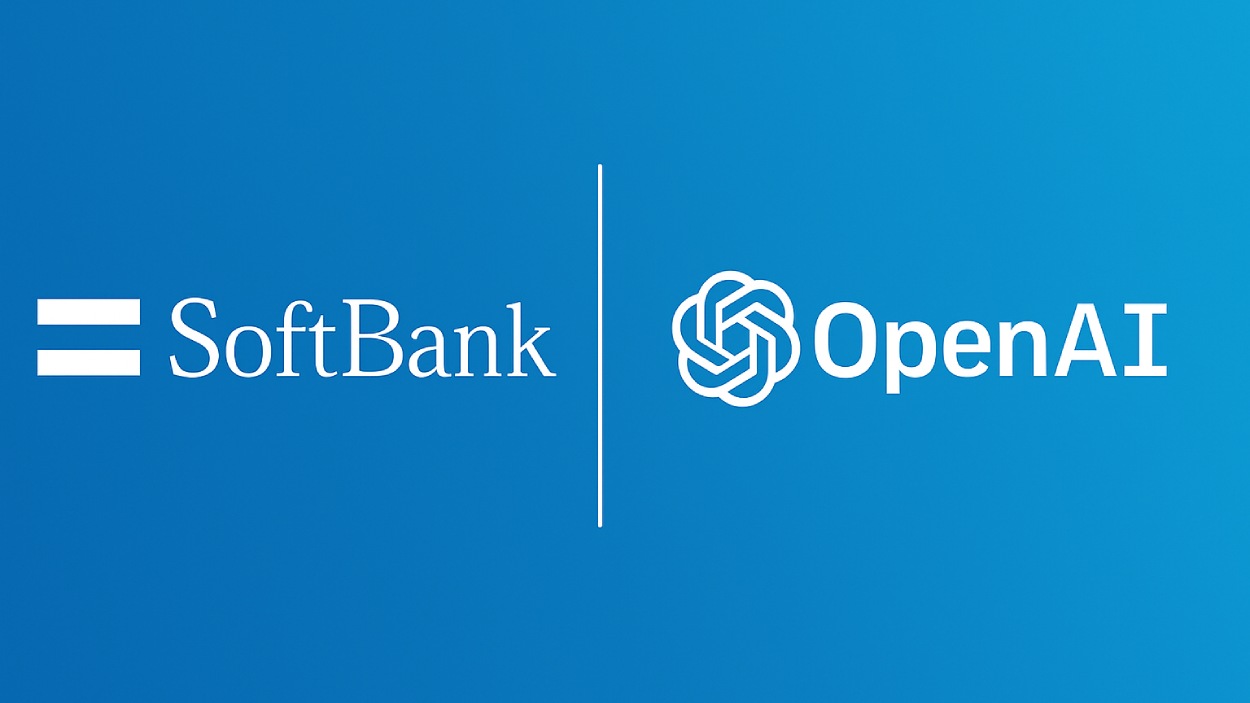GitHub remains the central hub for software collaboration, and its reach, impact, and complexity continue to expand. From small open‑source projects to enterprise deployments, GitHub shapes how code is built, shared, and maintained. For instance, large corporations rely on GitHub actions and CI/CD pipelines to streamline release cycles, while open‑source communities coordinate globally via issue tracking and pull requests. In this article, we unpack the latest data across usage, growth, security, and revenue, and invite you to dive into the full analysis.
Editor’s Choice
- GitHub hosts over 400 million repositories, according to GitHub’s Innovation Graph, with the number steadily rising.
- The number of GitHub developers has crossed 100 million active accounts.
- GitHub draws roughly 14 million daily visitors and delivers about 96.4 million page impressions per day.
- The bounce rate on GitHub is relatively low at 37.30%, indicating decent visitor engagement.
- More than 90% of Fortune 100 companies now use GitHub in their development workflows.
- The GitHub Marketplace transaction volume has crossed $30 million in recent years.
Recent Developments
- The GitHub Innovation Graph, launched in early 2025, gives researchers and policymakers new tools to analyze public software collaboration.
- The data for this Innovation Graph covers up to December 2024, offering a five‑year time span of public repo activity.
- GitHub recently published its Availability Report for June 2025, citing three incidents that caused performance degradation across services.
- In one incident (June 5), downtime lasted 1 hour and 33 minutes.
- GitHub has adopted a refined embedding model for Copilot, improving code search performance in VS Code.
- The platform is increasingly integrating AI agents capable of autonomously performing tasks like bug fixes, feature additions, or documentation generation.
- These agents work by cloning repos, analyzing code, and proposing a draft pull request, then tagging the user for review.
- GitHub’s shift toward agentic automation suggests a future where AI augments, and sometimes leads, parts of development workflows.
GitHub Copilot Productivity Benefits
- Users in the 0–25% quartile accepted an average of 23.16% of suggestions, reporting only modest productivity benefits. This shows limited efficiency gains for those at the lower end of adoption.
- The 25–50% quartile had an acceptance rate of 26.94%, reflecting a medium level of productivity improvement. This indicates that higher engagement brings noticeable efficiency boosts.
- In the 50–75% quartile, acceptance climbed to 27.77%, with users citing high productivity gains. This suggests a clear correlation between suggestion adoption and improved workflow.
- The 75–100% quartile showed the highest acceptance rate at 29.73%, with users reporting huge productivity benefits. This highlights that the most engaged Copilot users see the greatest efficiency improvements.
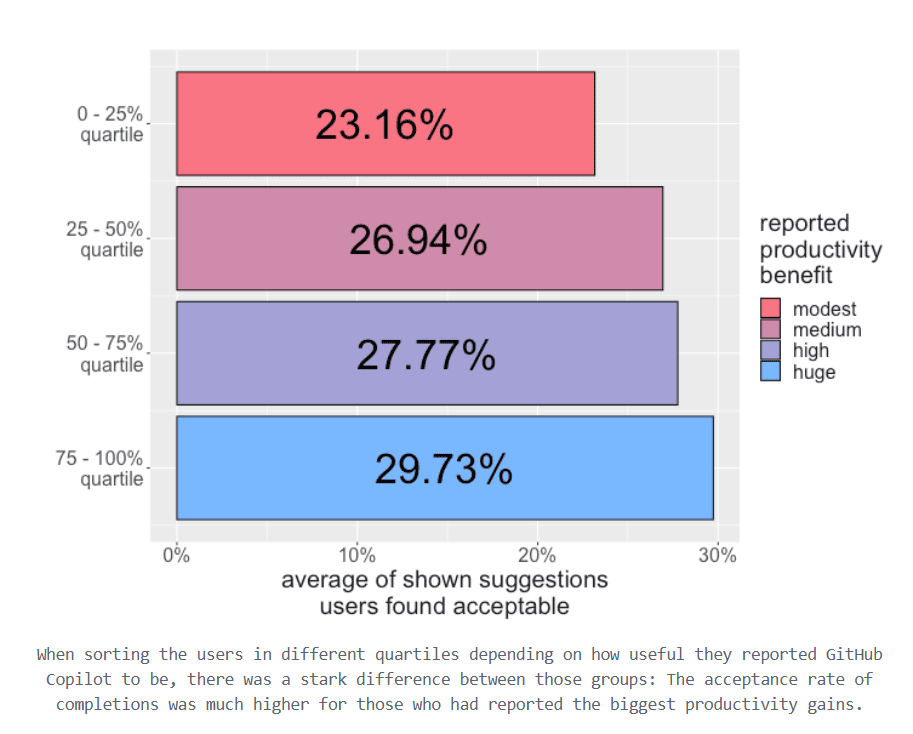
Key Milestones
- In early 2025, GitHub officially surpassed 100 million developers, beating its own 2019 target ahead of schedule.
- The platform now hosts 420+ million repositories, signaling a sustained acceleration in ecosystem growth.
- The one‑billionth GitHub repository was recently created.
- That milestone repo, surprisingly, contains only the word “sh*t,” highlighting both the scale and eclectic nature of GitHub contributions.
- GitHub first set the 100 million developer goal in 2019, and now has achieved it earlier than expected.
- The Microsoft acquisition in 2018 valued GitHub at $7.5 billion, a foundational turning point.
- GitHub now supports public, private, and internal repositories at scale, serving diverse developer needs globally.
- Many of the features seen today, Copilot, Marketplace, and Actions, reflect product maturation built on those milestones.
Developer Demographics and Distribution
- GitHub’s developer base now exceeds 100 million accounts, excluding bots or flagged accounts.
- India’s growth has been especially strong, at over +32.4% year‑on‑year in recent data.
- China also shows ~15.6% annual growth in its GitHub contributor base.
- Brazil grew ~11.6% in its GitHub user population within the same timeframe.
- The U.S. remains the largest national contributor pool, but other regions are catching up rapidly.
- In 2022, India added over 2.5 million new developers on GitHub alone.
- Projections suggest India may match the U.S. in GitHub user count by 2025 if trends hold.
- GitHub distributes developer counts via its Innovation Graph, segmented by economy, excluding spam or bot accounts.
Duration of GitHub Copilot Usage
- 51.7% of participants just started using GitHub Copilot. This shows that a majority of users are still in the early stages of exploring the tool.
- 34.5% have used Copilot for 1–3 months, reflecting strong short-term adoption. This group highlights how quickly developers are integrating AI assistance into their workflows.
- 6.9% have been using Copilot for 3–6 months, representing steady medium-term adoption. These users likely provide more experienced feedback on its productivity impact.
- 3.4% have used it for 6–12 months, showing a smaller but growing base of long-term users. Their continued engagement suggests lasting value in the tool.
- 3.5% have used Copilot for more than 1 year, marking a committed user segment. This group demonstrates sustained reliance on AI-driven coding support.
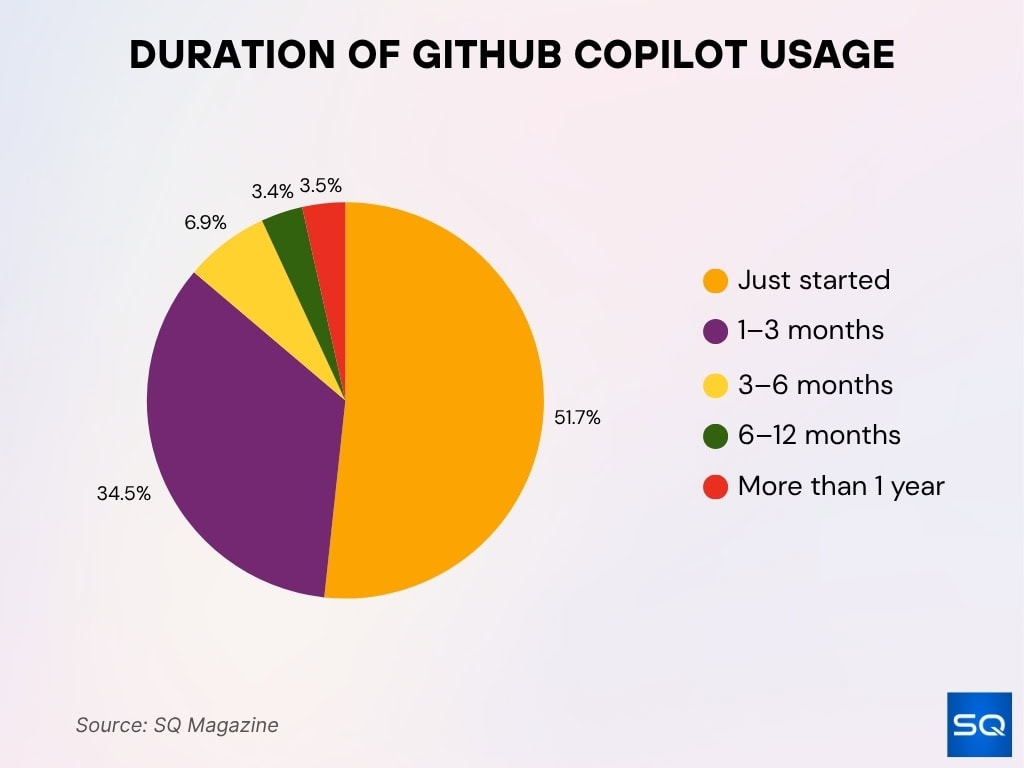
Regional Trends and Growth
- Asia-Pacific (notably India, China) is among the fastest-growing clusters of GitHub users.
- In 2024–2025, India saw the largest net gain in developers among major nations.
- China remains a key growth region, though subject to local regulatory dynamics.
- Latin America (e.g., Brazil) also shows meaningful growth in contributor numbers.
- North America is still a major base for enterprise adoption and high-volume contributors.
- European regions (UK, Germany, France) maintain steady growth in both open-source and enterprise usage.
- Africa and Southeast Asia are under-indexed historically but show rising momentum in developer participation.
- Regional disparities in internet infrastructure, regulation, and language still influence GitHub adoption rates.
Most Popular GitHub Repositories
- The Linux repository remains among the most starred and forked projects, especially as kernel development continues actively.
- freeCodeCamp/freeCodeCamp continues drawing contributors and stars; in 2024, it added tens of thousands of stars.
- The flutter/flutter repo maintains a strong rank as mobile UI frameworks grow in popularity.
- microsoft/vscode consistently ranks among the top repos in Microsoft’s open source footprint.
- tensorflow/tensorflow and pytorch/pytorch repos remain critical for ML/AI communities.
- The awesome lists repositories (e.g., “awesome‑*” curated topic lists) rank highly in visibility across languages.
- Some rapidly rising repos in 2024–2025 are around AI agents, prompt engineering tooling, and smaller domain‑specific automation.
- Projects in observability, DevOps tooling, and GitHub Actions workflows also attract surging star counts.
Top Programming Languages on GitHub
- According to GitHut 2.0, latest percentages show Python ~16.93%, Java ~11.71%, Go ~10.26%, JavaScript ~9.86%, C++ ~9.46%.
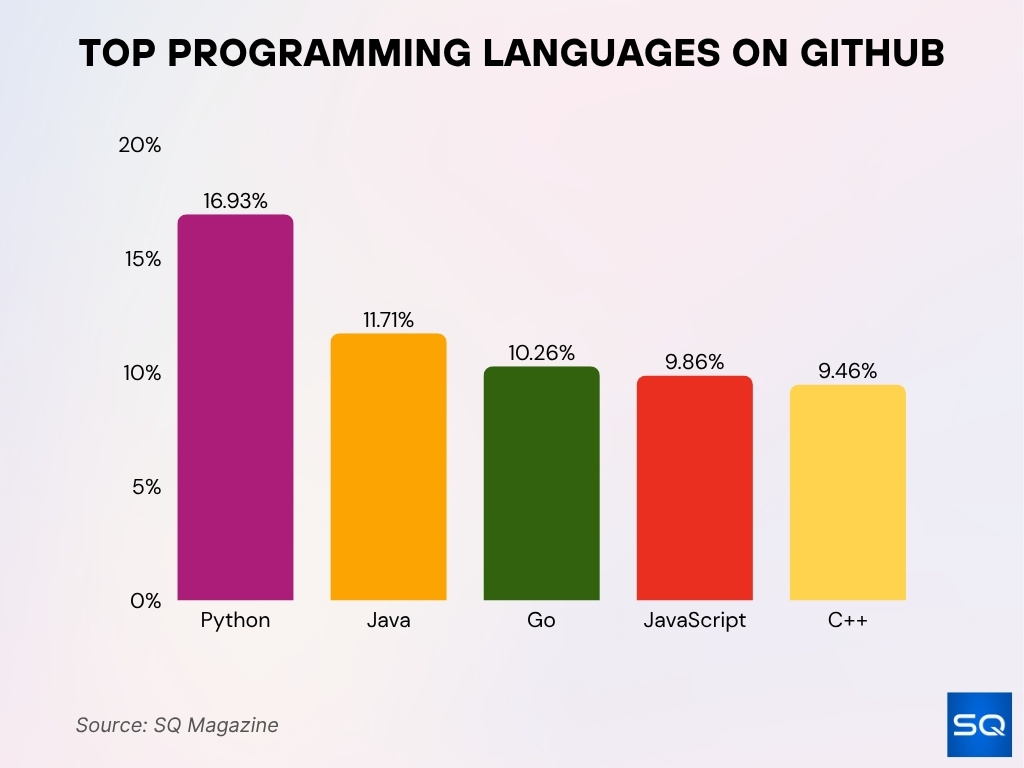
- In 2024, Python overtook JavaScript to become the most popular language on GitHub.
- Repository contributions in Python surged in AI, data science, and ML domains.
- TypeScript, Java, C#, and Rust continue rising as developers prefer safer typing and modern paradigms.
- Infrastructure-as-code languages like HCL and domain‑specific languages have seen incremental growth in usage.
- Multi‑language projects are increasingly common; many repos mix Python, JavaScript/TypeScript, and C/C++.
- Emerging languages like Julia, Kotlin, and Swift hold a niche but growing presence on GitHub.
- The Innovation Graph tracks unique developers per language per economy, showing Python, JavaScript, and Java as leaders globally.
Website Traffic and Engagement
- The platform receives around 14 million daily visitors with ≈ 96.4 million page impressions per day.
- Roughly 1.5% of global internet users visit GitHub.
- The bounce rate is relatively low at 37.30%, indicating decent user engagement.
- On average, a user visits about 7 pages and spends ~7 minutes per session.
- The largest portions of traffic come from the U.S., India, and China.
- Engagement is higher in regions where developer communities are densest (e.g., North America, Europe, parts of Asia).
- Mobile vs desktop split shows more users on desktops, especially for code browsing, but mobile access is growing.
- Peak traffic corresponds with global working hours, open source events, and major product announcements.
Enterprise Adoption and Monetization
- Over 90% of Fortune 100 companies use GitHub in their development workflows.
- Many enterprises now adopt GitHub Enterprise, with private repos, SAML single sign-on, and compliance features.
- The GitHub marketplace sees paid app and integration usage rising as enterprises automate internal workflows.
- Copilot for Business / Teams is being rolled out in many enterprise accounts.
- GitHub provides usage‑based billing for storage, CI minutes, and actions workloads in enterprise plans.
- Some large companies balance internal self‑hosted solutions (GitHub Enterprise Server) with cloud GitHub usage.
- Enterprise spending on GitHub is becoming a predictable line item in development budgets, similar to cloud or CI/CD tooling.
- Adoption is stronger in tech, finance, healthcare, and other sectors needing compliance and audit trails.
Age Demographics of GitHub Visitors
- The 25–34 age segment is dominant, accounting for 37.00% of traffic.
- Next is the 18–24 group at 28.81%, indicating a strong youth presence.
- The 35–44 age bracket comprises 17.64% of visitors.
- 45–54 accounts for 9.43% of users.
- 55–64 users make up 4.30% of the site’s audience.
- The under‑18 group is marginal (not enumerated in public stats) but likely small.
- The demographic skew toward younger professionals suggests GitHub appeals more to early-to-mid career developers.
- Content, UI/UX choices, and onboarding flows often reflect this age distribution implicitly.
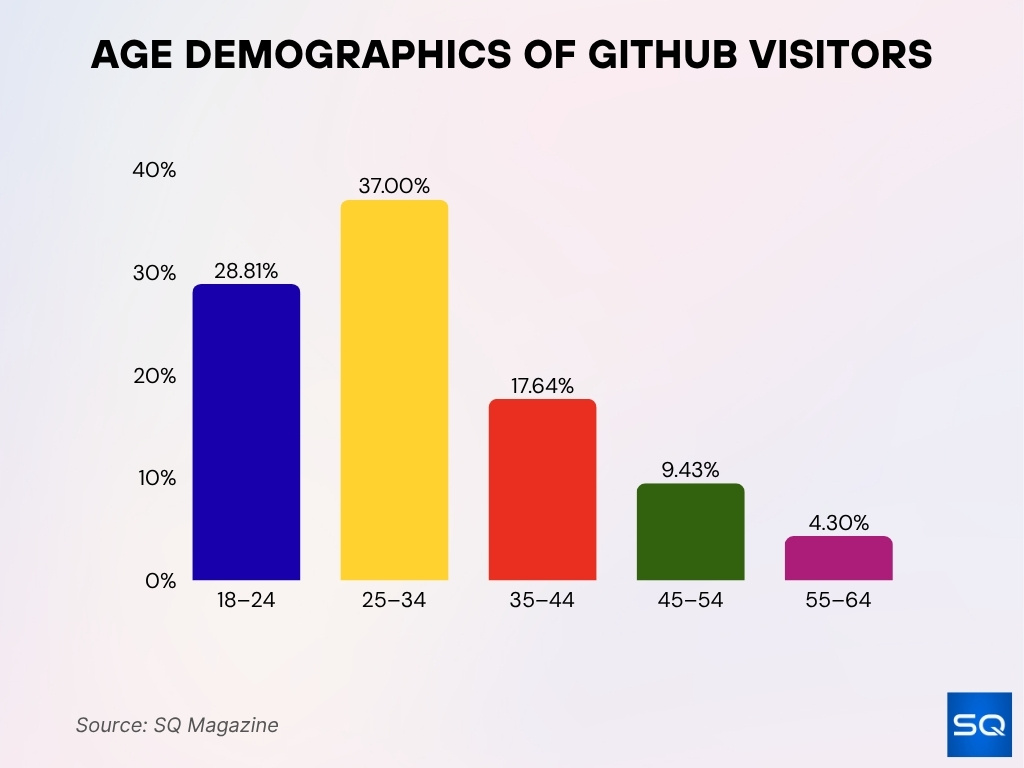
GitHub Revenue and Pricing
- GitHub reportedly has 5,595 employees as of 2024, a metric that ties into its operational costs.
- Growth in revenue has, in part, been driven by GitHub Copilot, which accounted for a major share of new growth.
- In some developer use cases, Copilot now writes close to half the code (e.g., in Java scenarios up to 61%).
- GitHub’s tiered plans (Free, Team, Enterprise) charge for private repositories, CI minutes, storage, and advanced security.
- Marketplace transaction volumes have passed tens of millions of annual dollars.
- GitHub’s revenue is now more diversified, with subscriptions, Copilot, Enterprise, and payments in Marketplace.
- Some pricing is usage-based (e.g., storage overages, compute minutes), which aligns revenue with consumption.
Marketplace Usage
- As of recent studies, the Marketplace hosts ≈ 440 apps and 7,878 actions across 32 categories.
- A 2025 extension study found the Marketplace is expanding by about 41% annually, especially in CI (continuous integration) tools.
- In that CI segment, 65% of new actions duplicate existing tools within six months, highlighting redundancy and competition.
- The Marketplace is used by over 150 million users engaging with apps and actions.
- Many Marketplace offerings focus on DevOps, security, code quality, project management, and analytics.
- Metrics for each app (views, installs, usage) are available via the Marketplace Insights dashboards.
- As adoption grows, Marketplace revenue (commission from paid apps or services) becomes a more meaningful line item.
- Some Marketplace offerings enable cycle times, throughput, and forecasts tied directly to repo activity.
Actions and CI/CD Trends
- GitHub processes millions of workflow runs per day, with increasing adoption across open source and enterprise repositories.
- The “GitHub actions usage audit” tool is popular among orgs to monitor minutes usage and quota limits.
- Workflow metrics actions allow teams to track run times, success/failure rates, and bottlenecks.
- That exploit was assigned CVE‑2025‑30066 and had a CVSS severity of 8.6.
- Attackers injected code into multiple version tags to cause the action to dump CI/CD secrets into logs.
- The breach underscores the rising supply chain risk in CI/CD, especially for third‑party actions.
- GitHub and security researchers now advocate for pinned action versions, scoping secrets, and runtime isolation to mitigate these threats.
Security and Vulnerabilities on GitHub
- In 2024, GitHub’s security tools resolved over 12 million vulnerabilities across public and private repos, a 20% increase year over year.
- Dependabot alerts were triggered for 6 million repositories to flag outdated dependencies and known CVEs.
- The GitHub Security Advisory Database now includes over 25,000 advisories covering a wide range of projects.
- An empirical study of Copilot‑generated code found 29.5% of Python and 24.2% of JavaScript snippets had security weaknesses.
- Another recent analysis identified 1,756 open-source projects vulnerable to path-traversal (CWE‑22), only 14% had been remediated at the time of disclosure.
- Misconfigurations or a lack of input sanitization in Actions workflows have been linked to supply chain attacks.
- The March 2025 Actions breach is one of the most visible examples of vulnerabilities impacting CI/CD secrets.
- Security policy enhancements around npm publishing and token lifespans are reportedly being tightened to reduce package supply chain risks.
Most Leaked Secrets on GitHub
- The tj-actions/changed-files breach exposed secrets from over 23,000 repos, as attackers printed environment variables to logs.
- That event underscored how actions’ misuse can facilitate massive secret exposure.
- Analysts have documented growing campaigns targeting GitHub to inject malicious Actions that steal PyPI, AWS, Docker, or GitHub tokens.
- Studies show many leaks result from paste errors in code, unredacted logs, or misuse of environment variables in CI pipelines.
- Tools exist to scan for secrets, but adoption remains uneven.
- Enterprise usage of Secret Scanning and advanced token management is rising, especially for high-sensitivity repos.
- Educating maintainers, especially of popular Actions, remains critical, as one compromised action can cascade widely.
- Monitoring and alerting are increasingly integrated at the GitHub platform level to detect anomalies.
Employee and Workforce Diversity Statistics
- GitHub parent Microsoft reports diversity metrics publicly; as of the latest reports, women represent ~27% of the global workforce.
- In open‑source communities, participation by underrepresented groups remains low, with modest improvement year over year.
- Some GitHub‑sponsored surveys show a modest rise in female and nonbinary maintainers across popular repos.
- Geographic diversity continues growing, and contributors now come from 180+ countries.
- Surveys indicate increased participation from Latin America, Africa, and Southeast Asia, both in users and project leads.
- Inclusion initiatives (mentorship, outreach, grants) are being scaled by GitHub and partner organizations.
- Retention gaps remain; underrepresented groups report higher dropout or inactivity over time in OSS communities.
- Representation in leadership roles (maintainer, core team) remains disproportionately male, though small percentage shifts year to year.
Frequently Asked Questions (FAQs)
Over 150 million developers.
More than 90 %.
Over 420 million repositories.
Over 15 million, a ~400% increase year over year.
Conclusion
GitHub sits at the intersection of open source, enterprise scale, and intelligent automation. The data tells a story of relentless growth, whether in marketplace expansion, CI workflows, or security emphasis. Actionable insight will separate leaders from followers, adopt safe automation practices, minimize redundant tooling, and keep your security guardrails sharp. As you explore the deeper sections of this article, you’ll find concrete data and direction to help you navigate what’s next for GitHub.









































